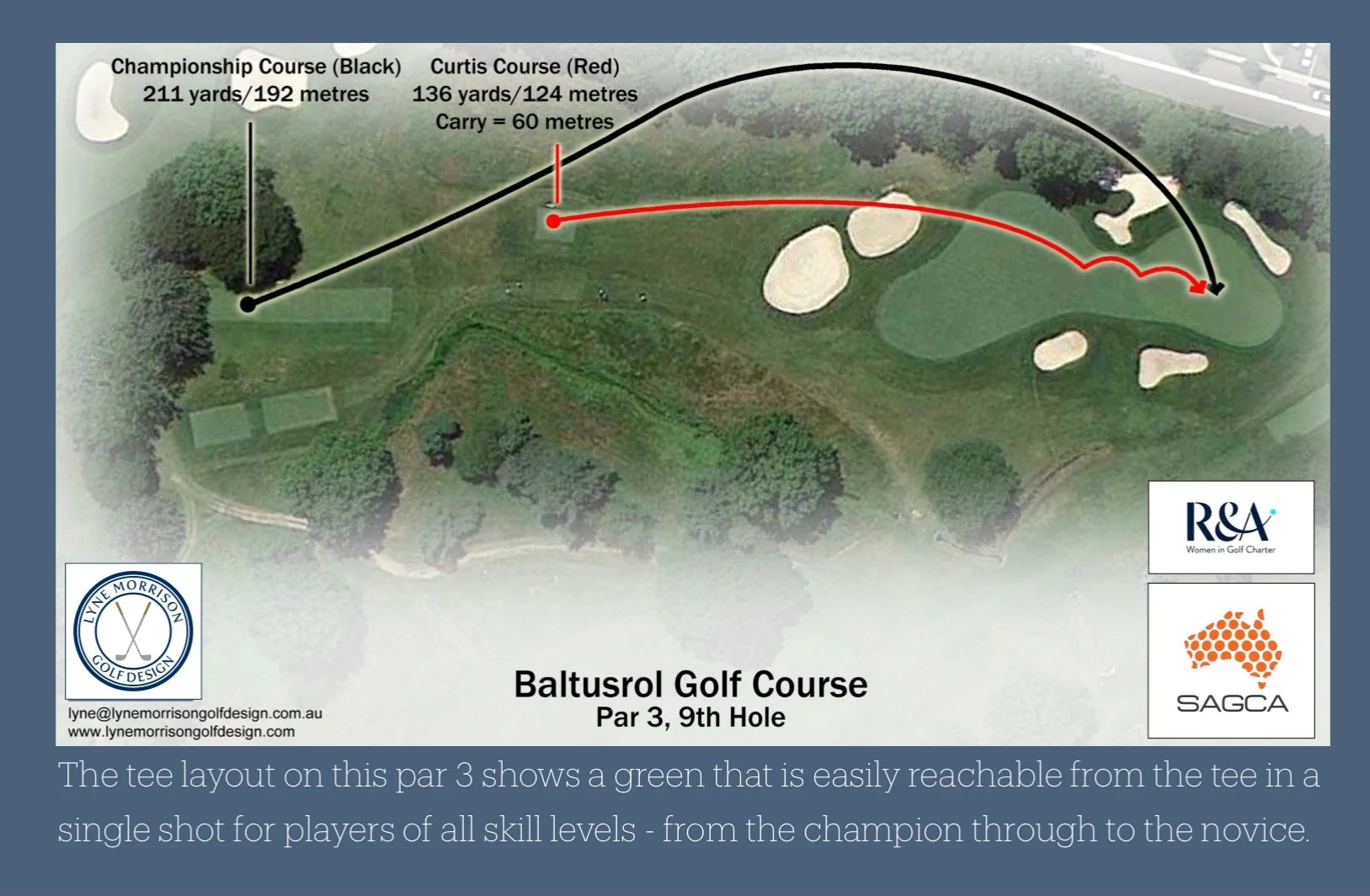Golf for Women and Girls
Historical Context & The Problem:
In the early days, a single tee box was used for all players, regardless of skill level or gender. When ladies’ tees were first introduced in the early 1900s, they were placed with no consideration of women’s average hitting distances.
More than a century later, this approach inherited from the early 1900s continues to disadvantage women golfers. The R&A and USGA have formally recognised this problem, stating:
“We have a particular concern that the forward tees at many courses are very long for the hitting distances of many golfers who play from them…and particularly for women.”
The Current Reality:
While 3.8 million Australians play golf, only half a million hold club memberships - and women make up 51% of off-course participants but just 18.1% of club members. The challenge isn’t attracting interest in golf - it’s creating course experiences that retain players.
The reality is that many forward tee users have become accustomed to a version of golf that is more difficult and less varied than what the average male golfer experiences. Recreational female golfers drive in the range of 135-145 metres compared to recreational males at 170-220 metres, yet many courses still fail to provide tees positioned to allow women golfers to reach greens in regulation figures.
The Solution:
Strategic course setup addresses these historical oversights through evidence-based tee placement principles. Learn how these solutions benefit all players in our Best Tees for All section.
Providing a best practice course set-up:
Adapts to modern playing patterns
Promotes inclusion
Boosts participation levels
Aids pace of play
Increases fun and enjoyment
Supports membership sustainability
These principles form the foundation of strategic course setup. Learn how to implement these solutions through evidence-based tee placement in our Best Tees for All section.






